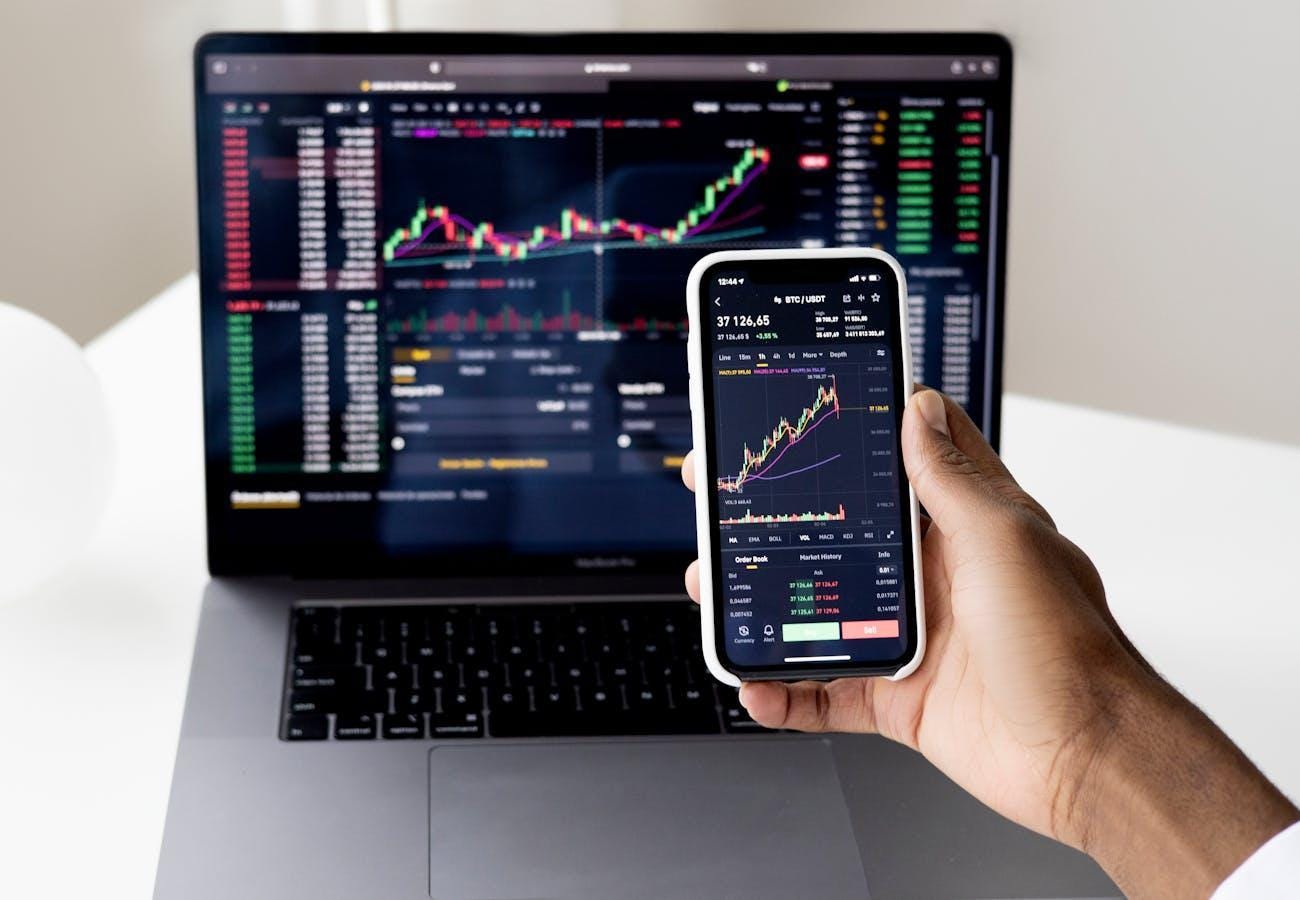Source: Alesia Kozik via Pexels
The Internet and computing technologies are two essential tools driving innovative development and applications in finance. From simple counting tools to more complex systems, computer codes help financial services companies and their customers interact and enjoy their processes. However, in the last few years, the application of code-based finance in financial markets has increased, driving investors' behavior and results.
What Is Code-Based Finance?
Code-based finance refers to developing and deploying computer programs (algorithms, robots, expert advisors) in financial investments to automate tasks, such as risk analysis, market data analysis, and investment strategies. The TradingView app is an excellent example of a platform that allows traders to leverage modern code-based finance programs used in the financial markets to track prices, determine the suitability of investments, and trade a wide range of assets from one platform.
Coding strategies for enhancing trading systems means turning traders' personal trading rules into executable programs that automate the process or parts. There are several advantages to this: traders can have a more efficient trading process and progressively improve their outcomes while limiting the impact of human emotions.
The rise of FinTech has supercharged the way people invest, from traditional investments to digital markets. Whether you possess the technical skills to develop software for your trading system, you can leverage them to improve your returns, grow your portfolio, and reduce risks.
Developing Trading Algorithms
There are four key stages in developing trading algorithms:
- Determining goals and objectives.
- Designing and coding trading strategies.
- Backtesting, evaluation, and optimization.
- Live application.
In the first step, you must identify specific goals and objectives for your trading process. What are the areas that need enhancement? Technical or fundamental analysis, execution, or risk management? Knowing these helps streamline the coding process to develop a suitable algorithm. This step also involves software design principles to build programs using best practices.
The second step is where trading strategies become executable programs. You design your strategy based on various factors and data and translate the instructions for executing them into computer code. This is a critical step in accounting for each strategy, function, and action. Most platforms allow traders to design algorithms using native scripts, but they typically allow importing from third-party sources.
In the third step, you test, evaluate, and optimize your new trading algorithm to ensure it meets your needs. Regular testing and optimization help reduce errors, identify potential issues, and improve trading strategies to meet new market conditions and developments.
Deployment is the final step to enhance your trading system with code-based strategies. You may need virtual private servers to ensure stability and security for your trading algorithm.
Strategies for Trading Systems
All trading strategies are built from each or a combination of the following:
Technical Analysis
Traders use chart patterns and technical tools like indicators to find reactive price levels and zones, repeatable patterns, and execute trades. Technical analysis is easily the most popular trade method with scalping, swing trading, and position trading strategies.
Source: Viktor Hanacek via PicJumbo
Statistical Analysis
Statistics plays a massive role in programming trading algorithms involving the analysis of large data sets. Automated programs can analyze large data sets quickly, find patterns, and execute trades based on results.
The Market Microstructure
The market microstructure strategy analyzes markets by examining price, spreads and quotes, intraday trading behavior, and transaction costs. Traders can leverage this for hedging and arbitrage trading and execute trades using robots.
Fundamental Analysis
Macroeconomic and microeconomic news influence traders' sentiments and how they trade. Analyzing primary data helps traders gain particular perspectives and find essential price points to enter or exit trades. Data such as earnings-per-share and revenue sheets are widely used to analyze stocks, while the balance of trade and payments are used for currencies. You can code your algorithm to trigger trades when fundamental data reach certain levels.
Risk Management
Risk management is simple: reduce risk and maximize returns. Coding risk management strategies, such as portfolio diversification, hedging, and automated exits (TP and SL), will enhance your trading game. The first step is to identify your risk appetite and lot sizes, then write the instructions for executing the trading robot. Risk management with algorithmic trading has a much higher success rate than human risk management due to the absence of emotional factors when trading.
Source: Anna Nekrashevich via Pexels
Get Started With Code-based Finance
Python, JavaScript, Java, C++, and SQL are popular languages for building trading solutions. Pinescript, MQL4, and MQL5 are native scripting languages for building and deploying trading algorithms on some popular trading platforms. You can start building programs for trading system enhancements; choose a language and platform and bring your coding experience to make helpful trading tools.


